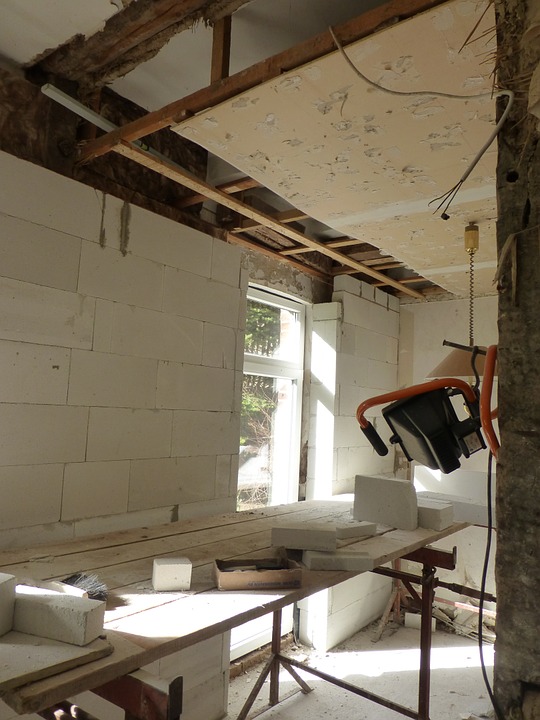Potential buyers taking stock of an impending Brexit may be behind regulated bridging loans falling in the third quarter to the lowest level since Q1 2015.
That’s according to Gareth Lewis, commercial director at MT Finance (mtf), as it was revealed the number of regulated loans conducted by Bridging Trends contributors fell for the second consecutive quarter. They dropped to 31.6 per cent of all lending in Q3 2018, compared to 36.8 per cent during Q2 2018. This is the lowest level since Q1 2015, when the number of regulated bridging loans transacted was at 31.5 per cent of all lending.
Lewis said: “The data continues to show that property investors are seeking attractive opportunities to acquire properties where they can add value, a trend that shows no sign of slowing down. Conversely the transaction flow in the regulated space has continued to show signs of slowing down. Is this a direct response to the everyday purchaser taking stock of Brexit and holding fire before looking to commit to the purchase of a new residence?”
Bridging loan volume transacted by contributors hit £213.35 million in Q3 2018, an increase of £15.4 million on the previous quarter. This is the highest figure to date and comes as another new contributor joins Bridging Trends — specialist finance packager, Clever Lending.
First legal charge lending increased to 84.4 per cent of all loans during Q3 2018, up from 80.9 per cent in the second quarter. Meanwhile, second charge loans decreased to 15.6 per cent compared to 19.1 per cent during Q2 2018.
For the second consecutive quarter, refurbishment purposes were the most popular reason for obtaining a bridging loan, as borrowers continued to add value to existing and newly purchased properties.
Mortgage delays were the second most popular reason for obtaining a bridging loan, accounting for 19 per cent of all lending, down from 20 per cent in the previous quarter. Whilst loans for auction purchases and business purposes increased in the third quarter by 3 per cent and 1 per cent respectively.
The average monthly interest rate dropped to 0.78 per cent in Q3, from 0.83 per cent in Q2 2018 — the lowest rate recorded since Q4 2016. This activity translated into lower LTVs, with average LTV levels in Q3 decreasing by 1.5 per cent to 55.4 per cent.
The average completion time on a bridging loan application jumped to 46 days during the third quarter from 43 during the second quarter, as service and resource levels were impacted by annual leave. The average term of a bridging loan in the second quarter remained at 11 months.
Sonny Gosai, head of specialist lending at Clever Lending, says the business is privileged to be on board with Bridging Trends, which “provides much needed analysis of the market”. He added: “The bridging industry is booming at present and forms a large part of our key distribution and remains one of our main focuses.
“Whilst the data suggests that there has been a drop in regulated bridging activity, we have recently set up a team solely to provide regulated bridging advice as we have seen a growth in this area particularly for enquiries. It will be interesting to see the next quarter’s Bridging Trends results.”
Meanwhile, Luke Egan, head of specialist property finance at Pure Commercial Finance, says the market is becoming more competitive. He said: “Regarding the drop in regulated bridging transactions, we operate slightly different to a lot of specialist brokers as we take a large amount of direct business, so we have more regulated bridge enquiries as a lot of clients are home movers.
“However, the market is becoming more competitive which would explain the decline to an extent as there is a finite amount of business being passed around a larger number of people.
“Interest rates seem to be only going one way. I believe one of the main regulated bridging lenders will drop their rates again soon in order to stand out in a crowded marketplace. Completion times increasing again is a worry, speed seems to a forgotten pre-requisite of bridging and more of a USP these days.”
Source: Bridging Directory










